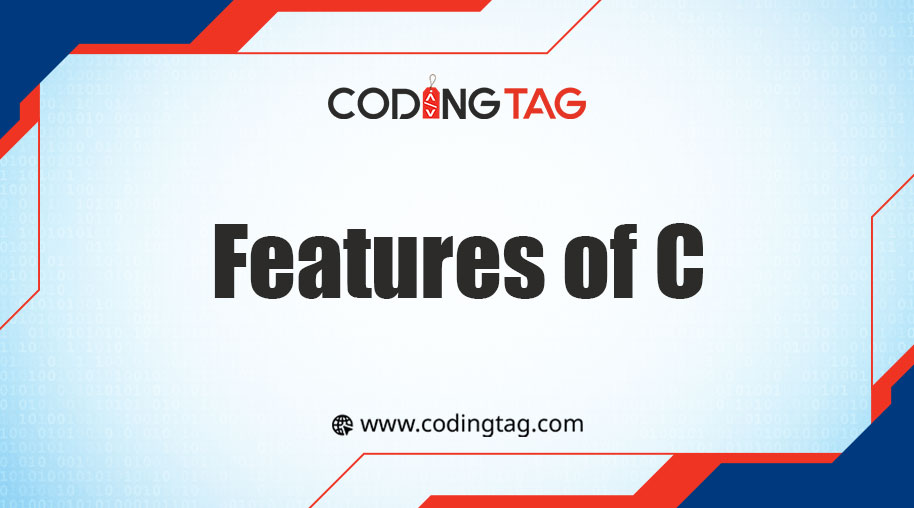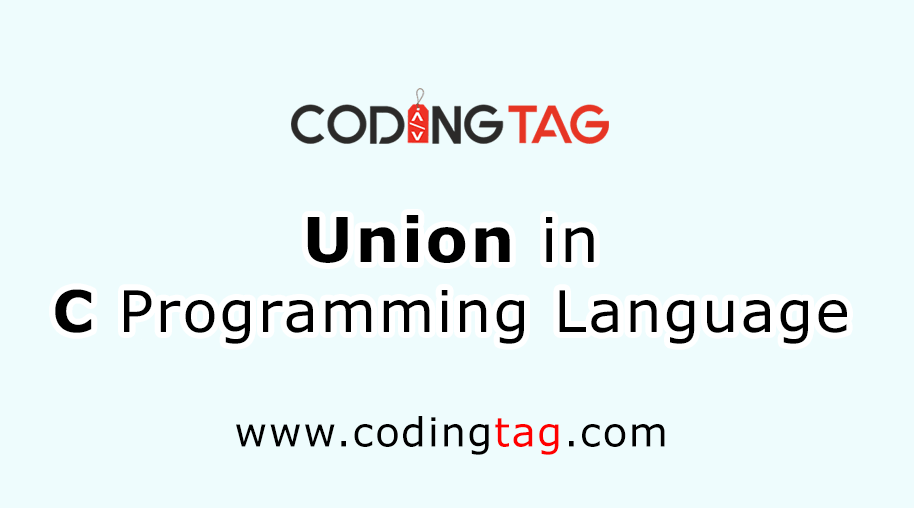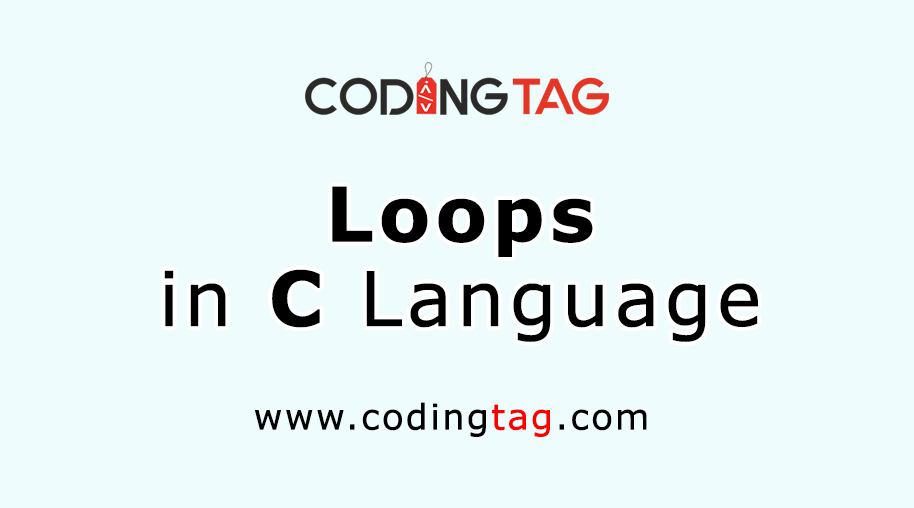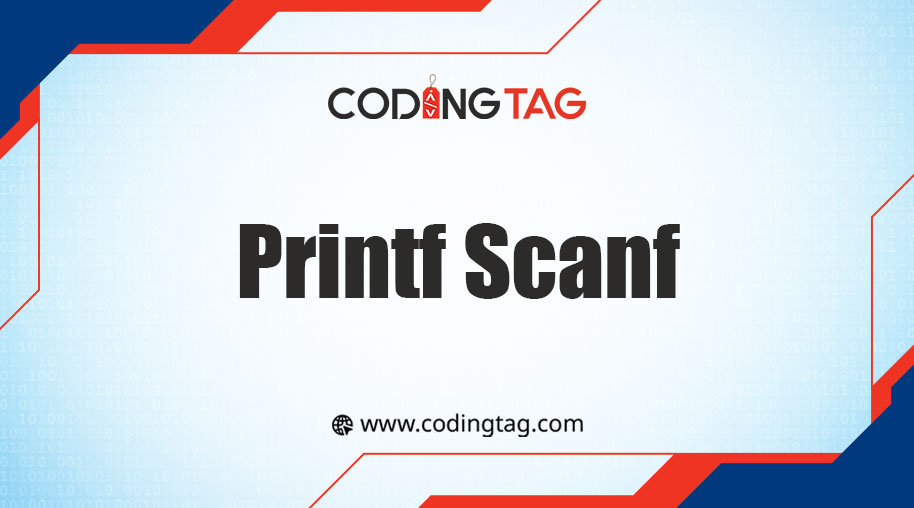Structure of C Program
0 839
Understanding the structure of a C program is vital for writing clear and maintainable code.
A well-structured program makes it easier to read, modify, and debug.
Below is a breakdown of the six essential sections that every C program should have:
Sections of a C Program
1 Documentation
Description: Provides an overview of the program, including its purpose, author, and creation date.
Format: Commented lines at the beginning of the program.
2 Preprocessor Section
Description: Includes #include directives for header files that provide additional functionalities.
Example:
#include<stdio.h>
3 Definition
Description: Uses #define to create constants that can be used throughout the program.
Example:
#define PI 3.14159
4 Global Declaration
Description: Declares global variables and function prototypes that are accessible throughout the program.
Example:
int globalVar = 10;
5 Main() Function
Description: The entry point of the program where execution begins.
Format:
int main() { /* code */ return 0; }
6 Sub Programs
Description: User-defined functions that perform specific tasks and can be called from main() or other functions.
Example:
int add(int a, int b) {
return a + b;
}
Example Program:
/** * File: sum.c * Description: Program to calculate sum. */
// Program to calculate sum #include<stdio.h>#define X 20 int calculateSum(int y); int main(void) { int y = 55; printf("Sum: %d\n", calculateSum(y)); return 0; } int calculateSum(int y) { return y + X; }
Output:
Sum: 75
| Section | Description |
| Documentation | Comments providing information about the program. |
| Preprocessor Section | #include directive for the standard I/O library. |
| Definition | Defines a constant `X` with a value of 20. |
| Global Declaration | Declares a function `calculateSum` and a variable `y. |
| Main() Function | The entry point of the program where the calculation happens. |
| Sub Programs | Defines the `calculateSum` function for sum calculation. |
Compilation and Execution Steps:
Program Creation: Writing the C code.
Compilation: Converting the source code into machine code.
Execution: Running the compiled code.
Output: Displaying the results or output of the program.

Share:







Comments
Waiting for your comments